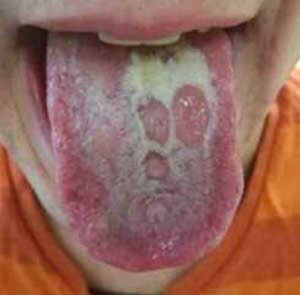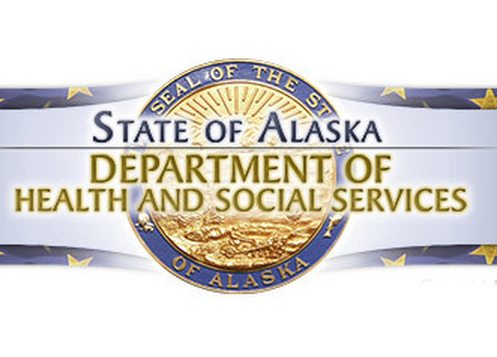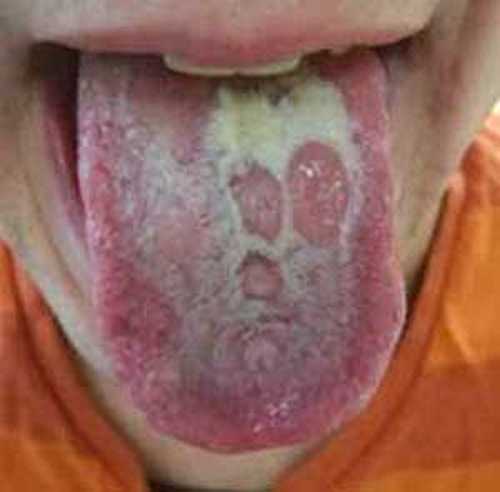
July 30, 2020 ANCHORAGE — Alaska’s syphilis outbreak is growing, with cases that more than doubled in 2019 to 2018.
“This is the largest number of syphilis cases that we have ever had reported in one year,” said Alaska Department of Health and Social Services HIV/STD Program Manager Susan Jones.
Overall, combined rates of syphilis, gonorrhea and chlamydia are at all-time highs, both in Alaska and the nation. Nationally, syphilis rates have increased almost every year since 2001. Sexually transmitted disease (STDs) can have severe health consequences.
“This is a reminder that as we battle the COVID-19 pandemic, there are other outbreaks that need our attention,” said Dr. Joe McLaughlin, Alaska’s State Epidemiologist.
The Alaska Section of Epidemiology Bulletin issued today emphasizes the drivers for the increase and notes several contributing factors, such as more infection among heterosexual men and women, and some of those infected reporting illicit drug use and homelessness. The increase in case reports among women raises the risk that a mother could pass the infection on to her baby (congenital syphilis) during pregnancy. The Bulletin details the syphilis outbreak in Alaska and recommendations for care.
The current syphilis outbreak in Alaska was first declared in 2018. During 2018, 114 cases of syphilis were reported to the Alaska Section of Epidemiology. In 2019, that number jumped to 242 cases, a 112% increase in cases in a single year. Most (86%) of the cases were newly acquired and considered “infectious.” When left untreated, syphilis can affect the heart, brain and other organs in the body.
Of the 207 primary, secondary or early latent cases in Alaska:
- 65% were in males; 44% of whom self-identified as men who have sex with men and 52% self-identified as men who have sex with women
- 35% were in females; 97% of whom were of childbearing age; 90% self-identified as heterosexual and 4% identified as bisexual
- 94% were living in urban communities
- Ages ranged from 15-85 years
- 35% were diagnosed with at least one other STD or known HIV infection
Many factors contribute to syphilis transmission, including methamphetamine and/or heroin use (33% of patients reported use), a history of incarceration within 12 months (28%) and homelessness (24%).
[content id=”79272″]
Syphilis is a bacterial infection usually spread by sexual contact. The disease starts as a painless sore — typically on genitals, rectum or mouth and it may not be noticed. Syphilis spreads from person to person via skin or mucous membrane contact with these sores. It is easily curable and early treatment after exposure can prevent the infection. Alaskans can take precautions to reduce the risk of infection by:
- Using condoms
- Getting tested regularly
- Seeking prompt treatment
- Helping to get all sexual partners tested and treated
To find a testing location, visit gettested.cdc.gov. For more information visit std.dhss.alaska.gov or dhss.alaska.gov/dph/Epi/
###






